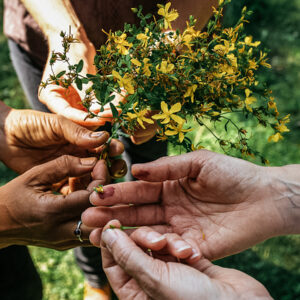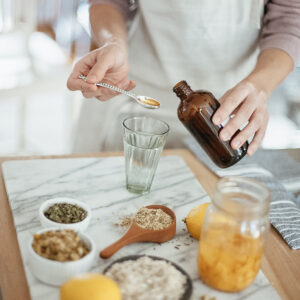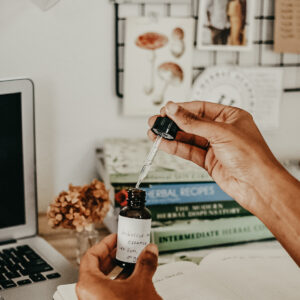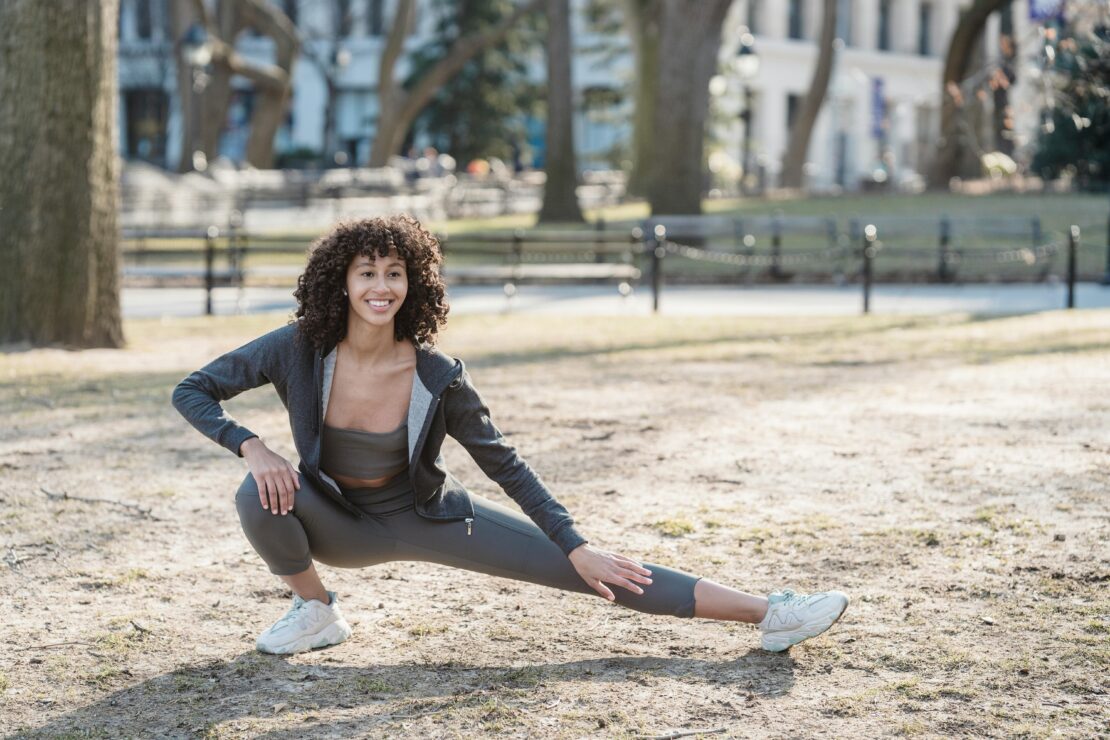
Power Up Naturally: Must-Have Herbs for Workouts
Regular exercise and physical movement offer tremendous benefits for both the body and mind. From improved circulation and muscle mass to mood regulation and stress relief, there is no question that regular workouts and physical movement are beneficial practices. In addition to sleeping well, staying hydrated, and fueling the body with good nutrition, our herbal allies offer an extra boost to support hard-working bodies both pre- and post-workout. Whether you are hitting the trails, gym, or yoga mat, here are several ideas on how to power up and recover naturally—from some of our beloved friends in the plant kingdom.
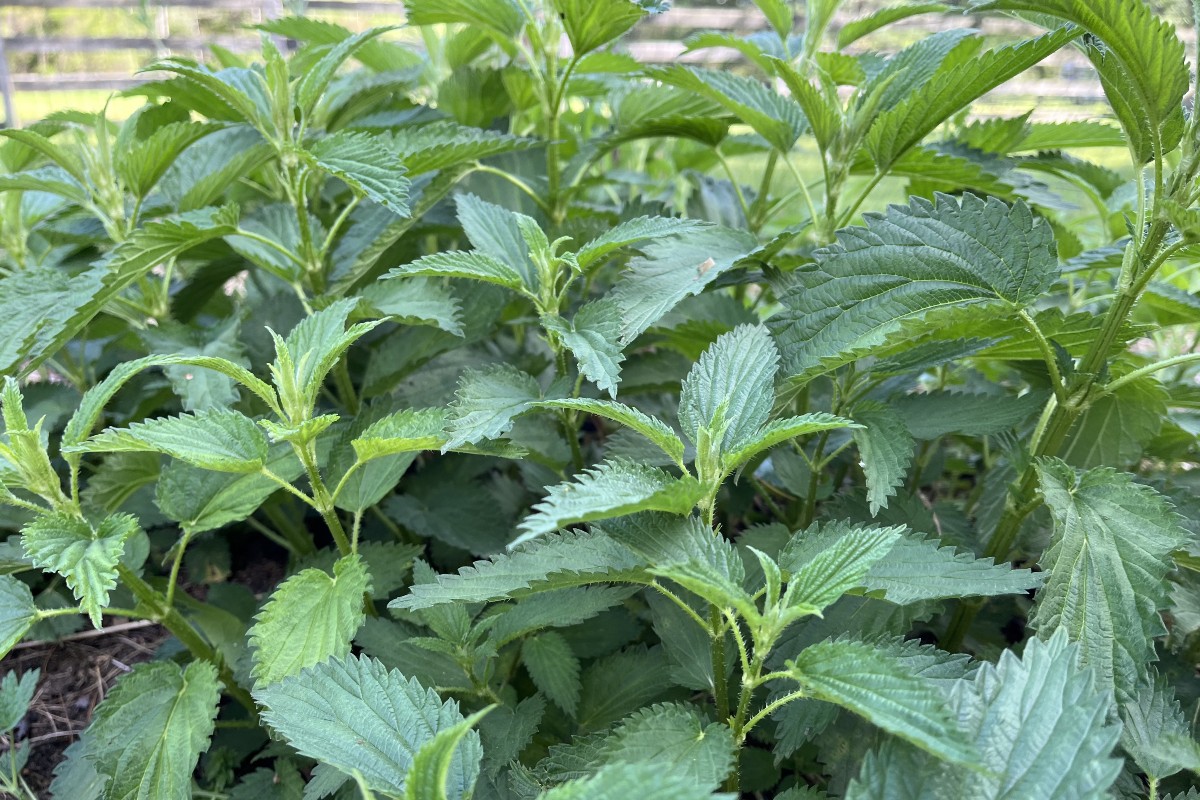
Nettle (Urtica dioica) Leaf
Traditionally used for diarrhea, chronic skin issues, bladder irritation, asthmatic conditions, and bleeding disorders (Mills & Bone, 2000), nettle is a remarkably nutritious plant, and lucky for us, is also affordable and widely available. Nettle is a rich source of minerals, including calcium, magnesium, potassium, and silica. Furthermore, the calcium in nettle is extremely bioavailable, meaning that it is readily absorbed by the body, which is in contrast to many other calcium-rich food sources such as dairy and even oxalate-rich leafy greens that also contain compounds that inhibit calcium absorption (Groves, 2016). When we sweat, we lose minerals along with water, so it is especially important to replenish our mineral supplies along with staying well hydrated. Nettle is generally quite safe and can be taken any time, but post-workout is an especially good time to enjoy a strong cup of nettle infusion. You will be recharging your body with fluids and important minerals. Also, research and traditional wisdom indicate that nettle has an anti-inflammatory effect (Groves, 2016; Mills & Bone, 2000), so it can also help your body bounce back from any excessive inflammation brought on by physical stress.
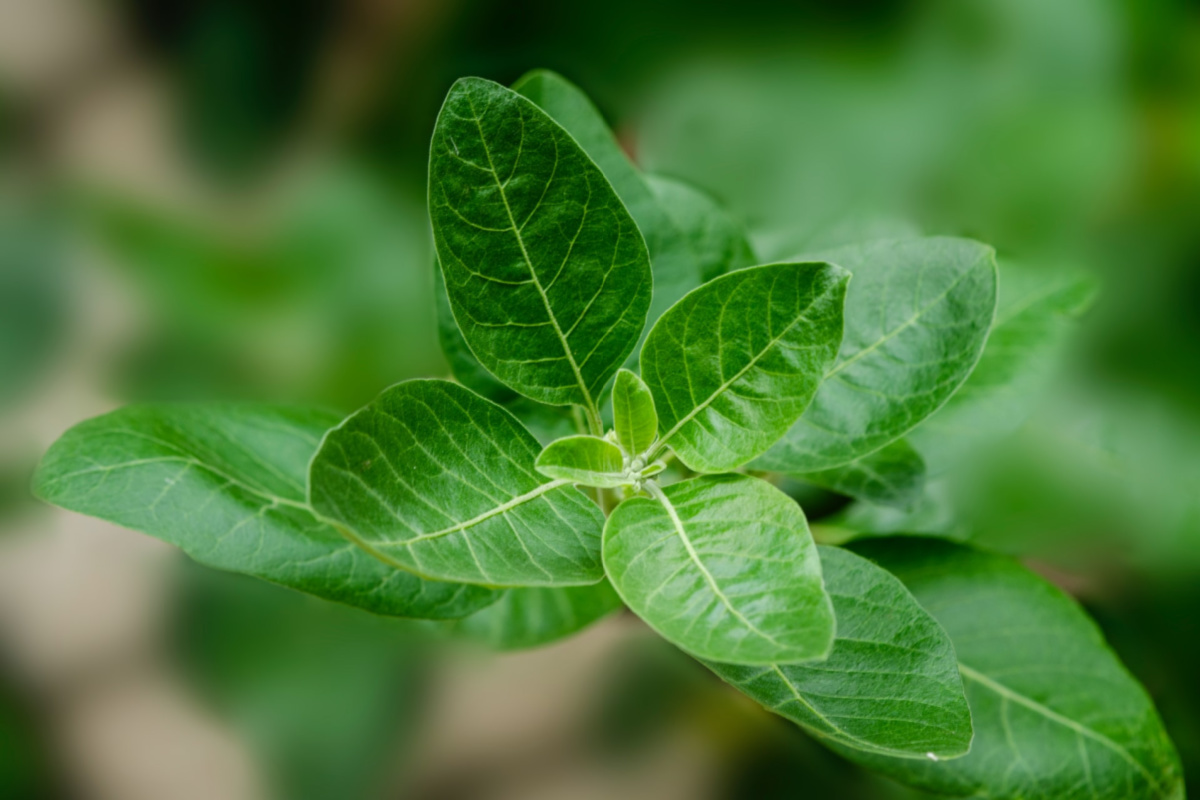
Ashwagandha (Withania somnifera) Root
Meaning “the smell of a horse,” ashwagandha is said to bestow the strength and vitality of a horse. Though this benefit can be applied to supporting sexual vivacity, particularly in men, ashwagandha is a go-to herb for building overall vigor and stress resilience. A quick review of ashwagandha’s uses and benefits may have you wondering why you wouldn’t incorporate this nutritive root into your daily routine!
Ashwagandha is indicated for fatigue, tissue deficiency, sciatica, insomnia, anxiety, impotence, overwork, and a range of respiratory issues (Dass, 2013). This starchy root has a mild taste (its name refers to the smell of the fresh root, not the dried powder) and mixes well into smoothies and porridges; it can also be taken in hot water or warm milk, or as a capsule or tincture. Ashwagandha is a great option for boosting your workouts as it helps to rebuild tissue, supports the body and mind in recovering from stress and fatigue, is anti-inflammatory, and promotes healthy sleep cycles.
Ashwagandha is a safe herb for most people. However, it is warming, so those with a pitta (warm) constitution may want to guard against excessive use, or take alongside herbs with cool energetics such as shatavari (Asparagus racemosus) and/or gotu kola (Centella asiatica). Also, ashwagandha is a nightshade, so those with nightshade sensitivities may want to proceed with caution. And, because ashwagandha can modify blood glucose levels, those with diabetes should be under care of a qualified healthcare professional when taking ashwagandha (Gardner & McGuffin, 2013). For further reading along with a recipe, check out our blog article, The Beginner’s Guide to Ashwagandha.
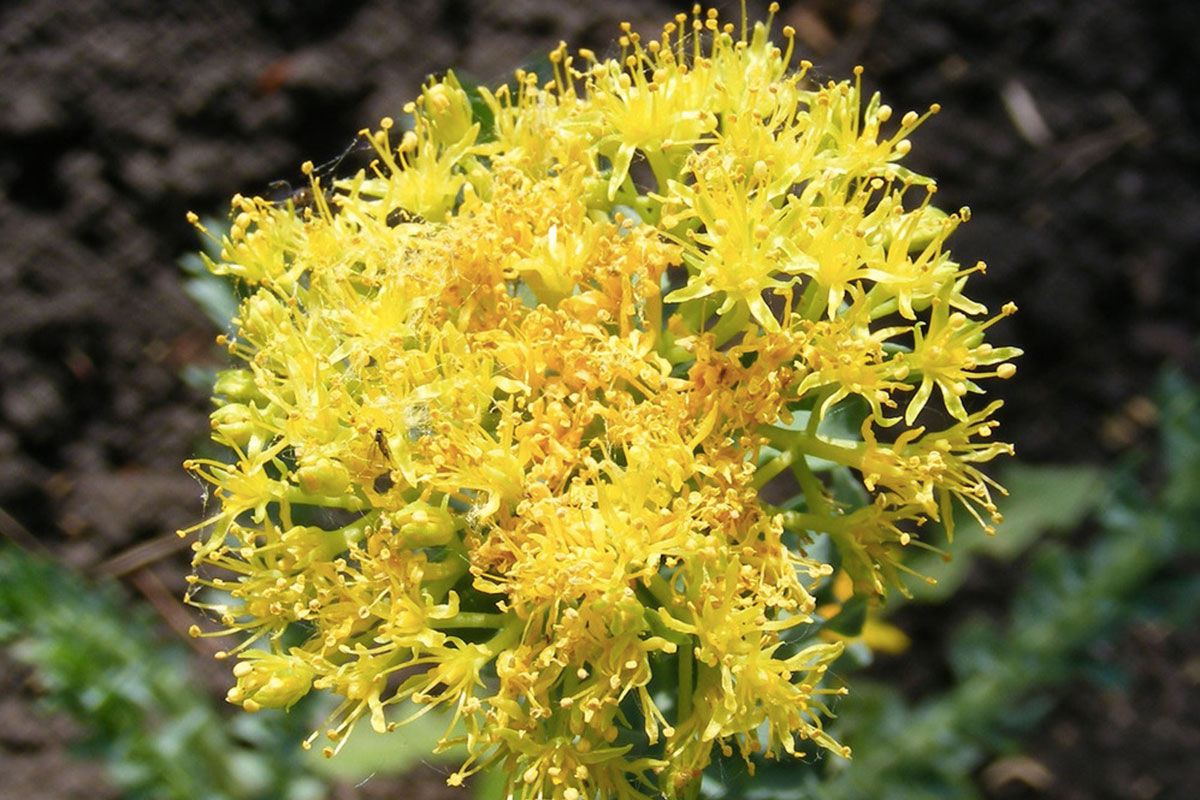
Rhodiola (Rhodiola rosea) Root
Rhodiola, also sometimes known as “rose root,” or “arctic root,” has been used in the herbal traditions of a variety of northerly, cold-climate cultures in places such as Siberia and Sweden. In Siberian folk traditions, this reddish root is infused into vodka and taken as a support for longevity and vitality. Not only does rhodiola assist in vitality in the long run, it is also a fast-acting herbal ally that improves energy, focus, memory, and even ATP (adenosine triphosphate) production (Groves, 2016). This is of special interest to athletes and those who are very physically active, as ATP is like energy currency for our cells. It is essential for muscle contractions, nerve impulses, and protein synthesis. Muscle contraction, in fact, could not occur without ATP (Dunn & Grider, 2025). It is said that ATP is so important that it can be likened to our essential vitality—or perhaps is at the very least one critical aspect of our vitality and overall energy.
Rhodiola is available in tincture and capsule form (but if you feel like macerating the fresh root in vodka, go for it!) and is helpful for students, athletes, and those working long hours. Whether you are running a marathon, studying for finals, or working a 10-hour nursing shift, rhodiola can be a good support in helping to sustain energy and vitality through such long and challenging endeavors.
An Important Word on Sustainability
Rhodiola is vulnerable due to overharvesting of the plant in the wild. So, seek out cultivated sources, or opt for alternative plants such as ginseng (Panax spp.) root or eleuthero (Eleutherococcus senticosus) root.
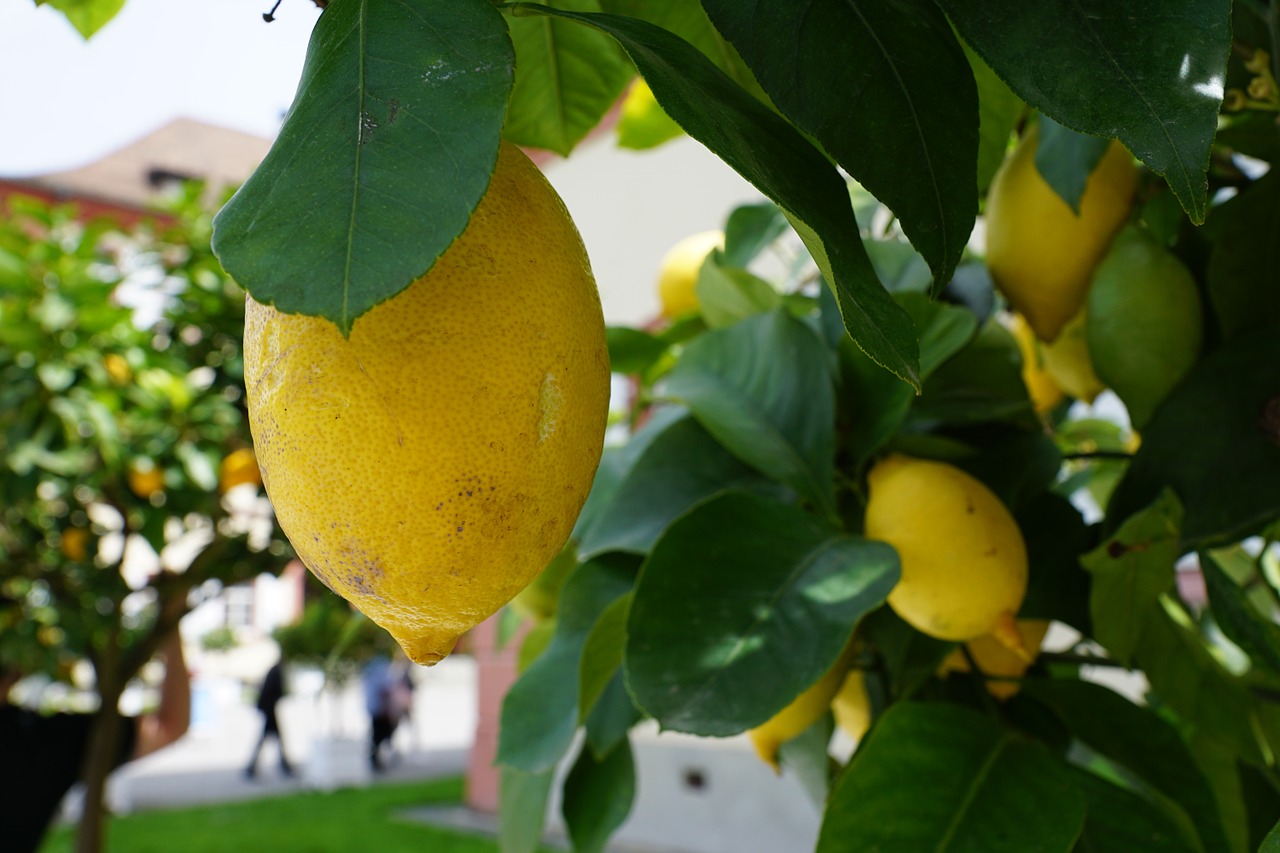
Lemon (Citrus x limon)
Sipping a mug of hot water with fresh lemon juice first thing in the morning is a common practice in Ayurveda. This simple morning habit is suggested for stimulating digestion and supporting liver function. Did you know that lemons can also assist you with maintaining electrolyte balance and optimal hydration? Electrolytes are minerals that carry an electrical charge; they regulate pH and fluid balance and are necessary for the electrical impulses within our bodies that govern organ function and a variety of vital processes.
Electrolytes are essential for everyone, but are especially important to replenish when we sweat, as we lose electrolytes through our sweat. Lemon juice contains sodium, potassium, calcium, and magnesium, which are all important electrolytes (Cleveland Clinic, 2023).
To enjoy the benefits of lemon, you can simply squeeze fresh lemon juice into your water pre- or post-workout. Also, sipping hot water with fresh lemon juice as a morning practice will help furnish your body with necessary electrolytes to face the day.
Here’s another idea for giving your body a little super hydration—especially if you are spending long hours engaged in physical activity or sweating it out on a hot day.
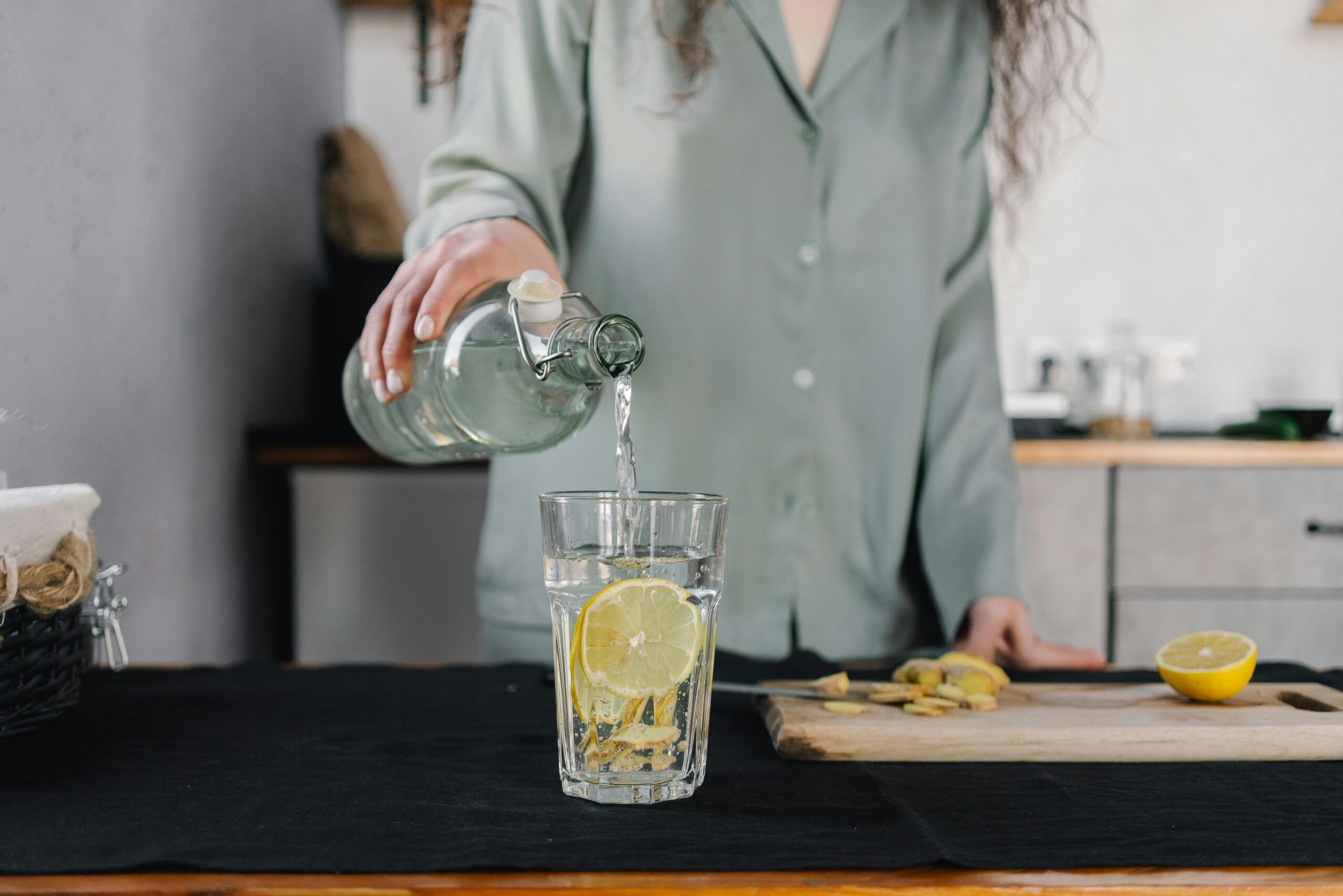
Think of this tangy drink like a natural sports drink. Easy to make with simple ingredients, this electrolyte beverage will give your body the minerals and hydration that it needs for those extra sweaty days.
4 cups (1 quart) cool filtered waterNatural Sports Drink with Lemon
Juice of ½-1 lemon
1-2 teaspoons maple syrup
1-2 pinches sea salt or rock salt
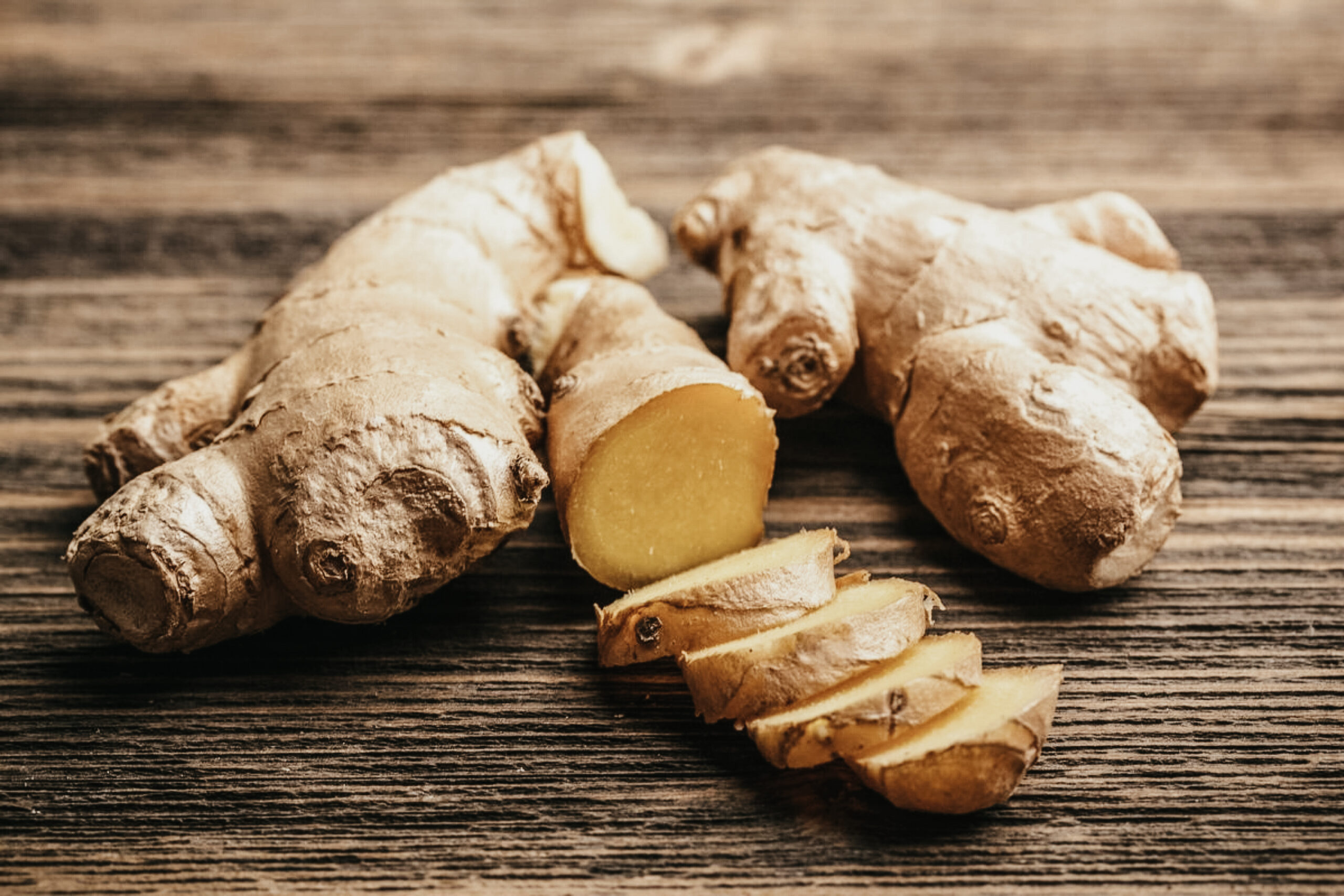
Ginger (Zingiber officinale) Rhizome
A common cooking herb with wide-ranging applications and impressive benefits, ginger may not be the first plant that comes to mind when you think of herbal supports for workouts. However, caring for your body between exercise and movement sessions is as important as the work itself. In the words of one wise yoga teacher: “The practice of today should not interfere with the practice of tomorrow.” While it is valuable to challenge ourselves and at times break through and beyond our perceived limitations, respecting our natural limits and giving our bodies time to recover and rebuild is also important. Ginger is a powerful anti-inflammatory that can assist with just that.
Traditionally used as a digestive aid and to enhance circulation, ginger is also useful as an anti-inflammatory and analgesic, reducing pain. Multiple studies demonstrate the effectiveness of ginger in easing pain caused by arthritis, and studies demonstrate its potency, particularly in lessening symptoms of osteoarthritis in the knees (Rondalli et al., 2020; Nooreen et al., 2020).
So, especially if you are prone to joint discomfort, a strong mug of ginger tea may be one of your best allies this fall and winter—for boosting digestion, staving off colds and flu, and helping your hard-working body recharge and recover from aches, pains, and inflammation.
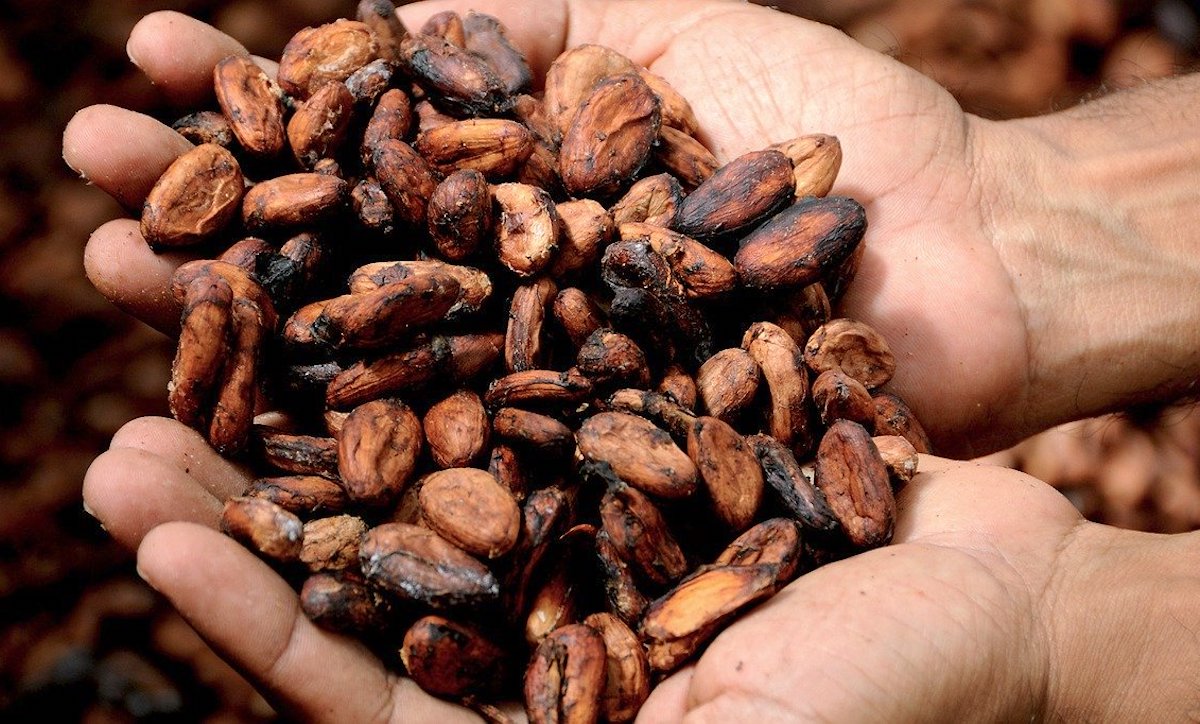
Cacao (Theobroma cacao) Fruit
If you need a little extra energy boost to motivate you in your workout, look no further than cacao. Cacao contains a small amount of caffeine, which can be especially useful if you are heading out for a run, hike, or snow sports on a frosty winter morning. However, since cacao contains a fraction of the caffeine in coffee, a strong cup of hot chocolate or a few bites of dark chocolate will be less likely to give you the jitters. This delicious herbal ally also offers tremendous cardiovascular benefits and is rich in antioxidants and magnesium. Cacao has been shown to promote circulation and decrease inflammation and oxidative stress associated with hardening of the arteries and plaque formation (Groves, 2016).
Of course, to maximize the nutritional benefits of cacao, it is best to enjoy it in its dark form with as few additives as possible. A little milk and sugar are fine, but too many added ingredients will dilute the benefits. For ideas on herbal hot chocolate recipes that incorporate complementary herbs, check out the article on the Herbal Academy blog, How To Make Herbal Hot Chocolate (3 Recipes!).
In Closing,
Finding a movement activity that you love and enjoy is one of the best things that you can do for your physical health and emotional wellbeing. As important as it is to move, sweat, and use your muscles, how you nourish and replenish your body is equally vital. We hope you enjoy these suggestions for herbs to sustain and support your workouts. Here’s to powering up your workouts naturally!
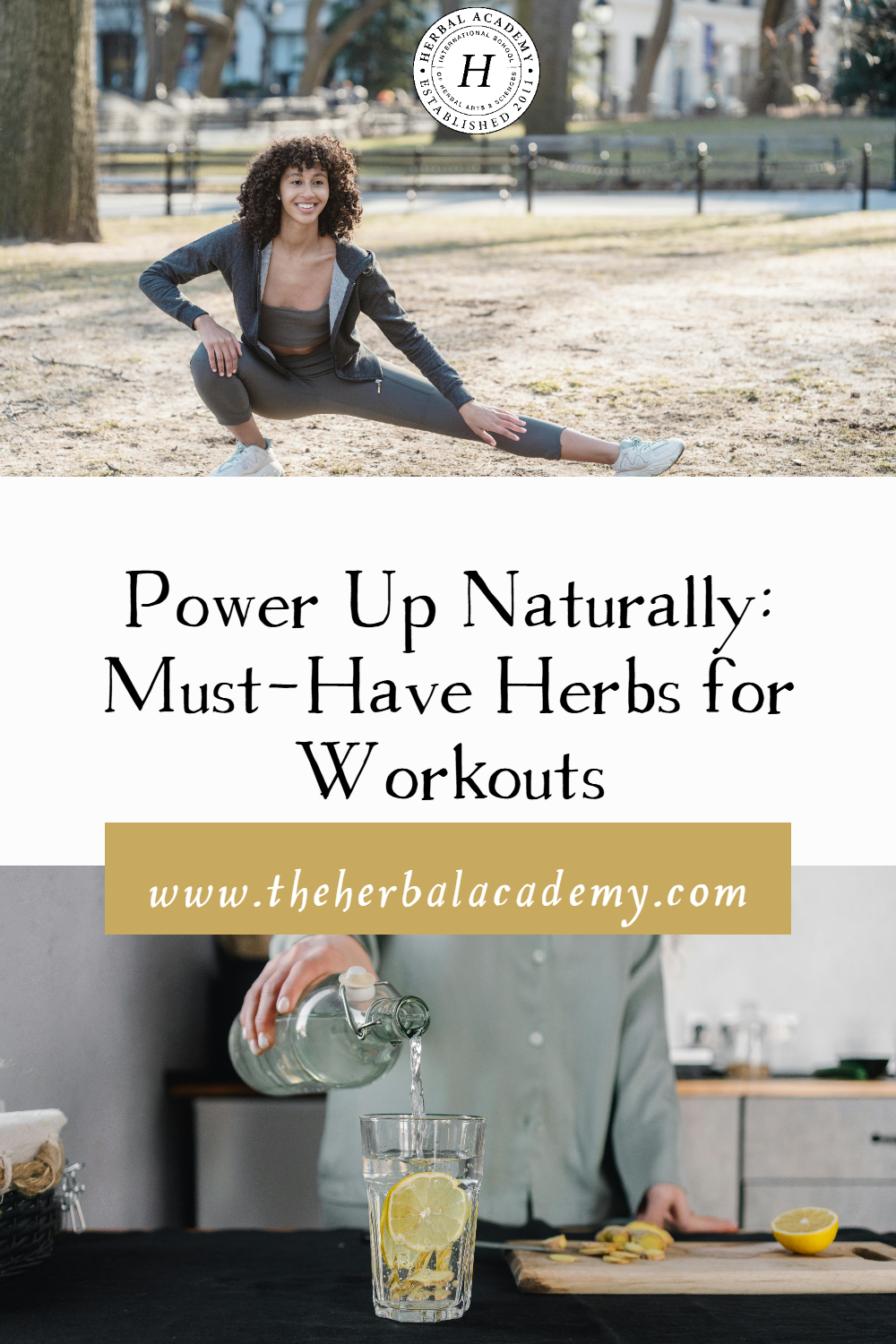
REFERENCES
Cleveland Clinic. (2023). Rebalance, replenish: 4 sources of electrolytes. https://health.clevelandclinic.org/best-electrolyte-sources
Dass, V. (2013). Ayurvedic herbology: East & West. Lotus Press.
Dunn, J., & Grider, M.H. (2025). Physiology, adenosine triphosphate. StatPearls. StatPearls Publishing. https://www.ncbi.nlm.nih.gov/books/NBK553175/
Gardner, Z., & McGuffin, M. (2013). American Herbal Products Association’s botanical safety handbook. Boca Raton, FL: CRC Press.
Groves, M.N. (2016). Body into balance: An herbal guide to holistic self-care. Storey Publishing.
Mills, S. & Bone, K. (2000). Principles and practice of modern phytotherapy: Modern herbal medicine. Churchill Livingstone.
Nooreen, Z., Wal, P., & Summaiyya, F. (2024). A Systemic Review on Nutraceutical Supplements used in the Management of Osteoarthritis. Recent advances in food, nutrition & agriculture, 15(1), 33–45. https://doi.org/10.2174/012772574X270405231102054920
Rondanelli, M., Fossari, F., Vecchio, V., Gasparri, C., Peroni, G., Spadaccini, D., Riva, A., Petrangolini, G., Iannello, G., Nichetti, M., Infantino, V., & Perna, S. (2020). Clinical trials on pain lowering effect of ginger: A narrative review. Phytotherapy research : PTR, 34(11), 2843–2856. https://doi.org/10.1002/ptr.6730



